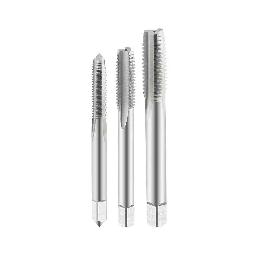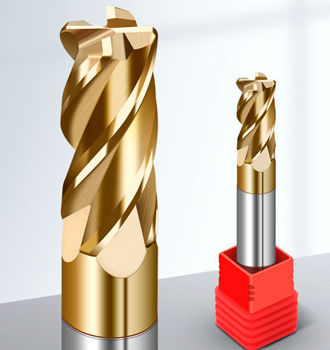Product catagories
-
Sealing
- Oil Resistant O-Rings
- Oil Resistant O-Ring Cord Stock
- Chemical Resistant O-Ring Cord Stock
- High Temperature O-Ring Cord Stock
- Chemical Resistant O-rings
- High Temperature O-Rings
- Water And Steam Resistant O-Rings
- High Vacuum Fluoroelastomer O-Ring
- Water And Steam-Resistant O-Ring Cord Stock
- O-Ring Backup Rings
- Fasteners
- Power Transmission
- Machining
- Abrasives
- Electronic components
- Electrical & Lighting
- Auto Parts
- Motors
- Test and Measurement
- Tools and Equipment
- Handmade kit


